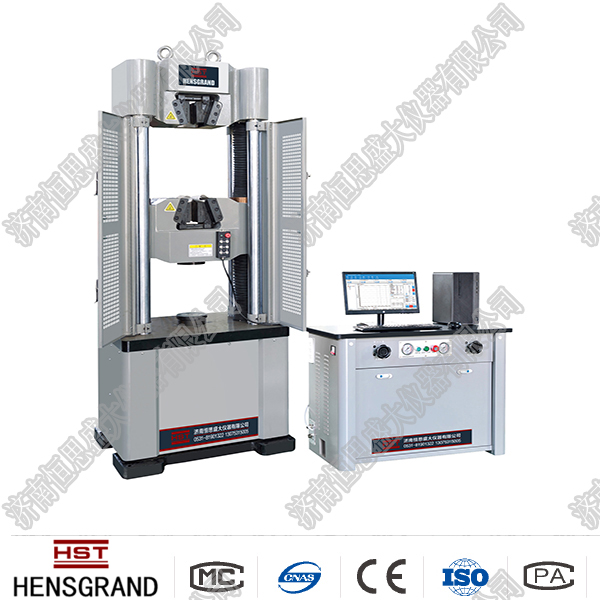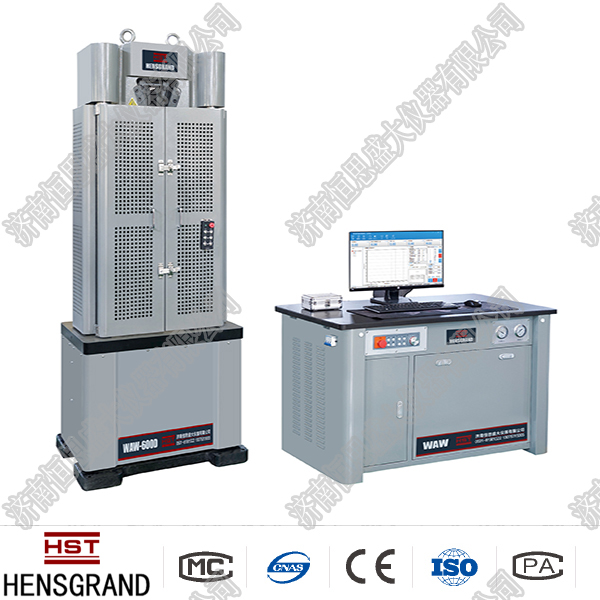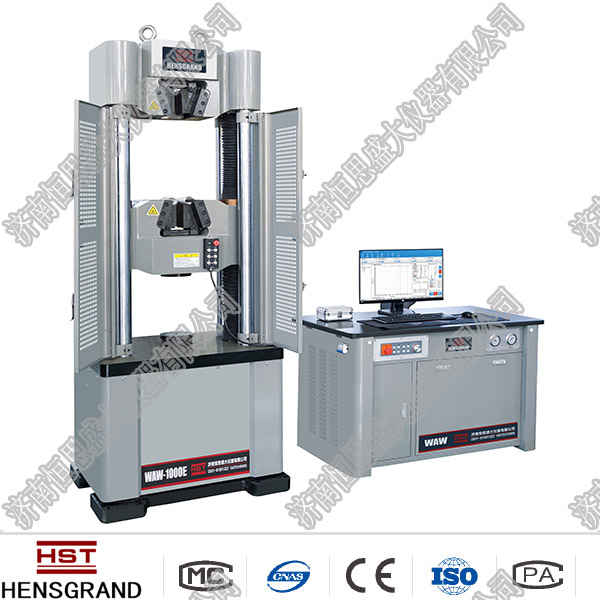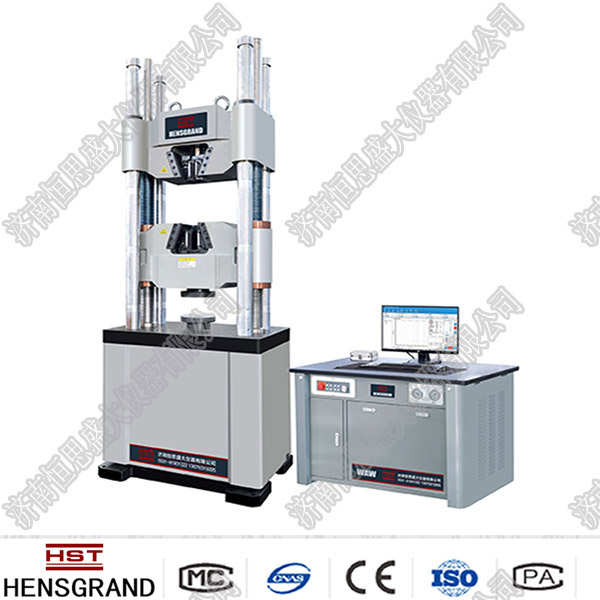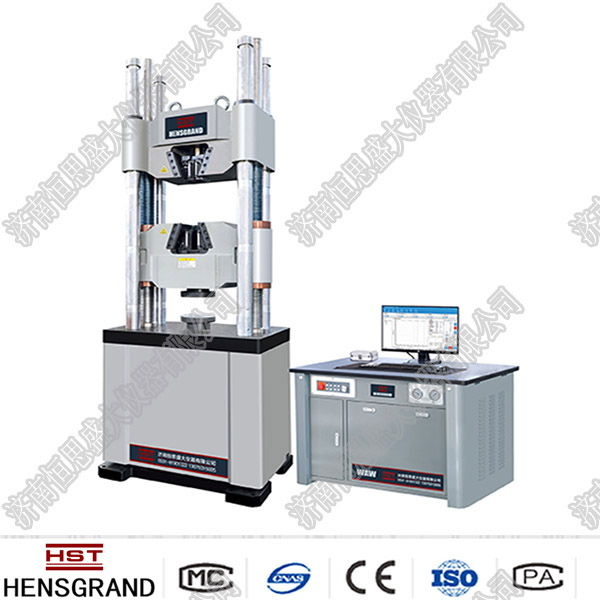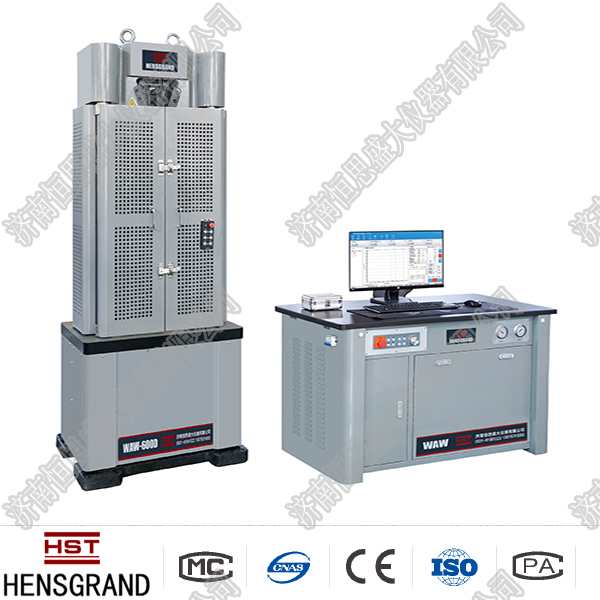Company News
The importance of deformation measurement
Release time:2018-11-23 source:Jinan Hengsi Shanda Instrument Co., Ltd. Browse:
For static testing machines, two problems have been solved from their generation to today: accurate measurement of test force; accurate measurement of sample deformation. Compared with metal tests, the measurement of test force is now basically solved. However, the measurement of deformation is still subject to many links. Although the measurement of test force by early domestic diagonal-type test machines (whether mechanical or hydraulic) has poor discrimination force, low accuracy and narrow range, it basically meets the measurement of tensile strength, yield strength, and elongation after break of some metal materials. However, the way in which mechanical transmission draws curves is impossible to accurately record the elastic segments of metal materials, so it is inaccurate or impossible to obtain the values of the series of Young's modulus, specified non-proportional extension strength, force elongation, residual elongation, and yield point elongation. So, what is the significance of accurate measurement of deformation? What are the main factors affecting the measurement of deformation?
Inspection and testing work serves production needs. When we understand the actual production needs, we willImpact testing machineSome of the parameters defined in this have a deep understanding, and these parameters basically have clear requirements for the measurement of sample deformation. The forming of a car body requires multiple stampings. So how to determine that the thin steel plate of the car can still have the corresponding strength after multiple stampings? How to determine whether the plane and arc surface parts do not crack during stamping and the strength meets the requirements? The n-value and r-value test methods specified in the standard clearly gave answers. The accuracy of the n and r values depends on the accurate measurement of the axial deformation and radial deformation of the sample. In engineering, such as steel structure bridges and high-rise buildings, there are very strict requirements for safety, so when it comes to steel and rock foundation materials, there are clear regulations on the deformation of materials and structures under the bearing. SpecificallyUniversal testing machineIn the field of testing, steel strength, specified non-proportional extension strength, specified total extension strength; compressive strength and compressive elastic modulus of rock are parameters that must be tested in quantitative terms, and the determination of these parameters has specific requirements for the measurement of sample deformation. We can analyze that for metal and non-metallic materials used in many fields, due to the need for safe use or operation, the performance of these materials is mainly concentrated in the micro-deformation stage, which is what we call the collection of a series of parameters in the elastic stage. The deformation of these materials is usually within 0.01mm, or even smaller. What factors affect deformation measurement?
1. The structural gap of the moving beam of the test machine and the clamping force deformation of the sample will be 100,000 times higher than the deformation value that needs to be measured. The use of electronic extensometers and strain gauge eliminates the interference of the structural gap and clamping deformation of the test machine, and directly tests the local deformation of the sample, greatly improving the true and effective measurement. However, the corresponding measurement control technology also greatly affects the measurement of deformation. The uniformity of load loading, loading time control, the discrimination level of the measurement and control system, and the sampling frequency are all inseparable from the deformed accurate materials. It is always important to note here that the analysis of this performance of the material requires relevant data corresponding to the test force load control and deformation measurement (or control), and it is not a result that can be measured by a very suitable deformation measurement device or instrument.
2. The accuracy of deformation measurement is also mutually restricted by the relevant environment. For example: high-resolution non-contact extensometers are used to measure carbon fiber deformation and glass fiber wire deformation due to the characteristics of the sample; special devices are required to measure tensile and compression deformation in high-temperature sample environments. There are many links involved in deformation measurement in practical applications, including many microscopic and some macroscopic large deformations.
- Previous article:The control system of the test machine
- Next article:Several common test machines
Recommended productsPRODUCTS


















